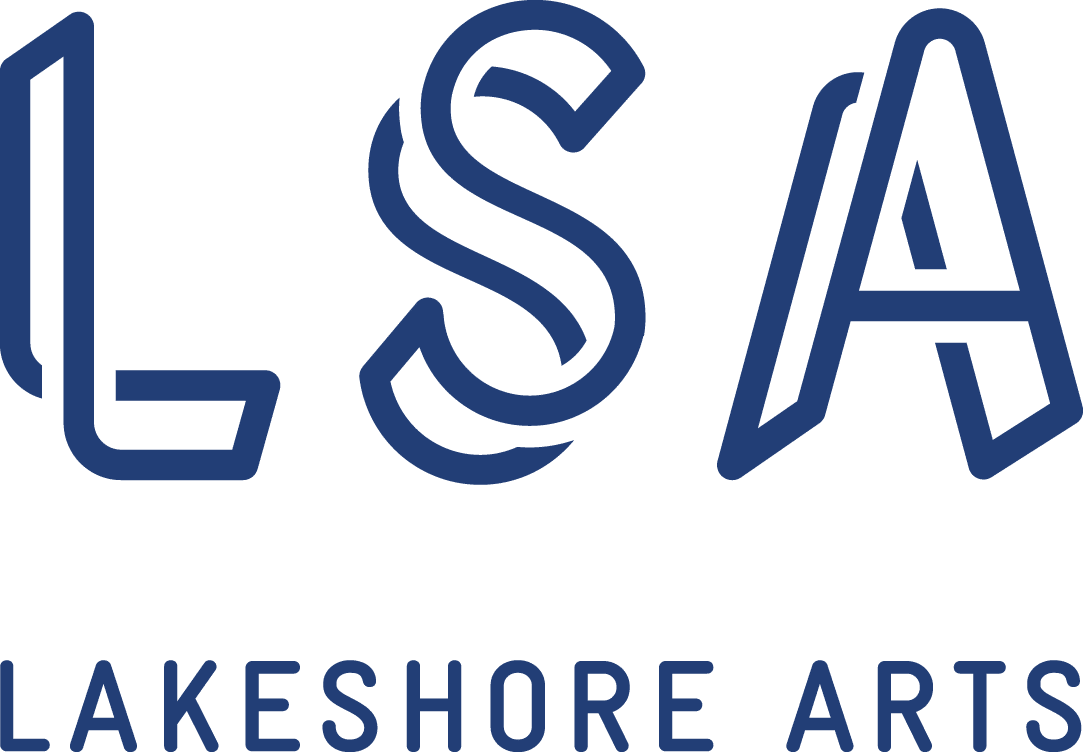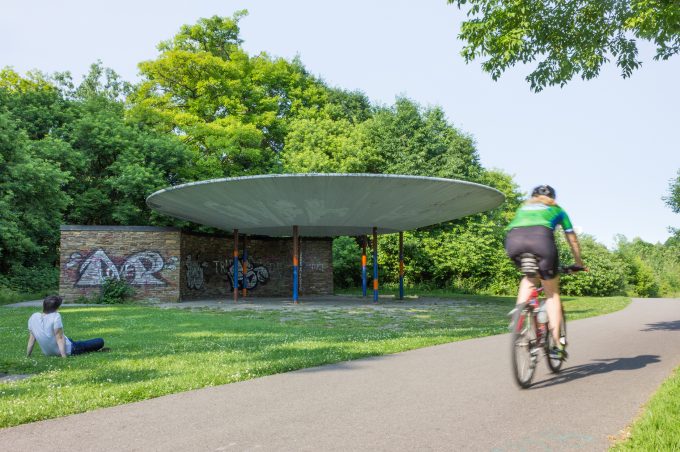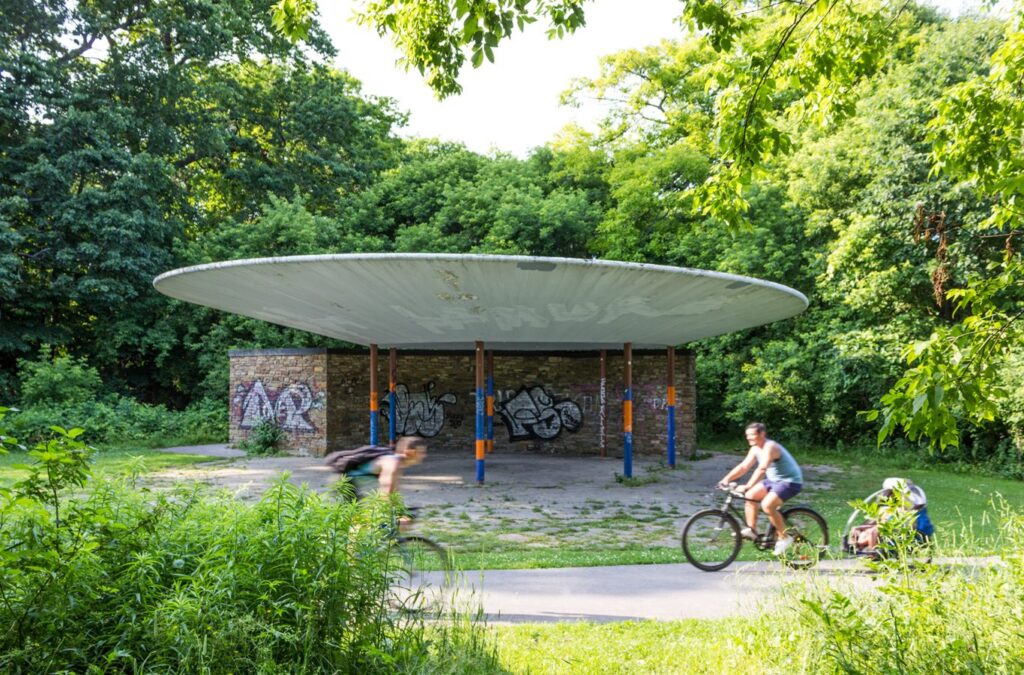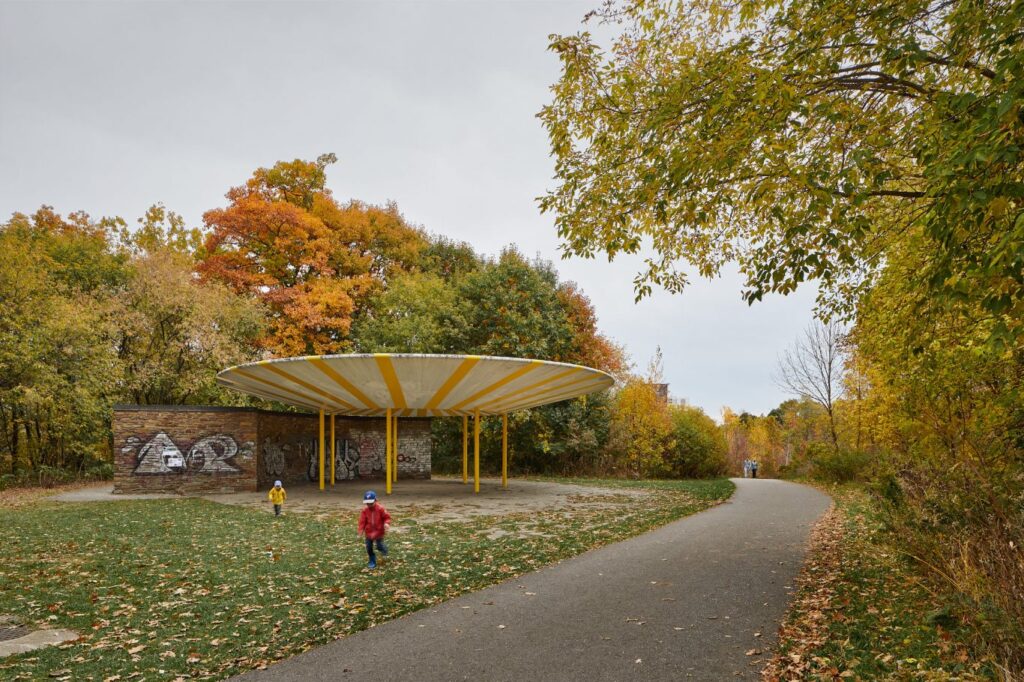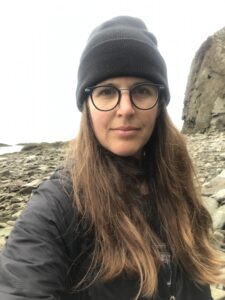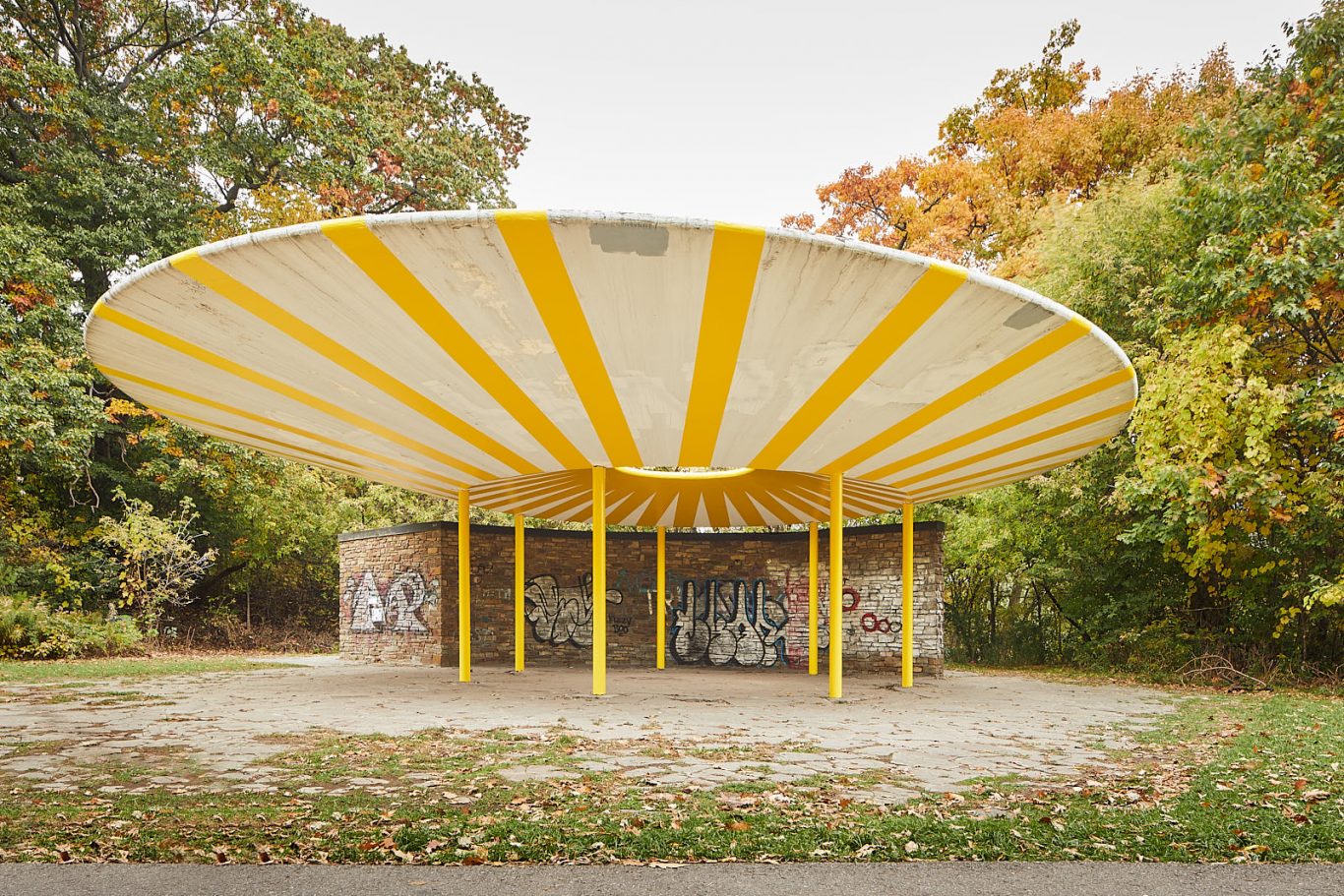
The Oculus Pavilion, designed by architect Alan Crossley, was built in 1959 in South Humber Park. It once served as a space-aged rest stop on the Humber River Recreational Trail and is currently undergoing revitalization.
The Humber River has been an integral feature of the area currently known as Etobicoke /Adobigok (Place of the Alders in the Ojibwe language) since time immemorial. The river has traditionally been and continues to be, a life-giver and important mode of transportation to many diverse plants, animals, and people.
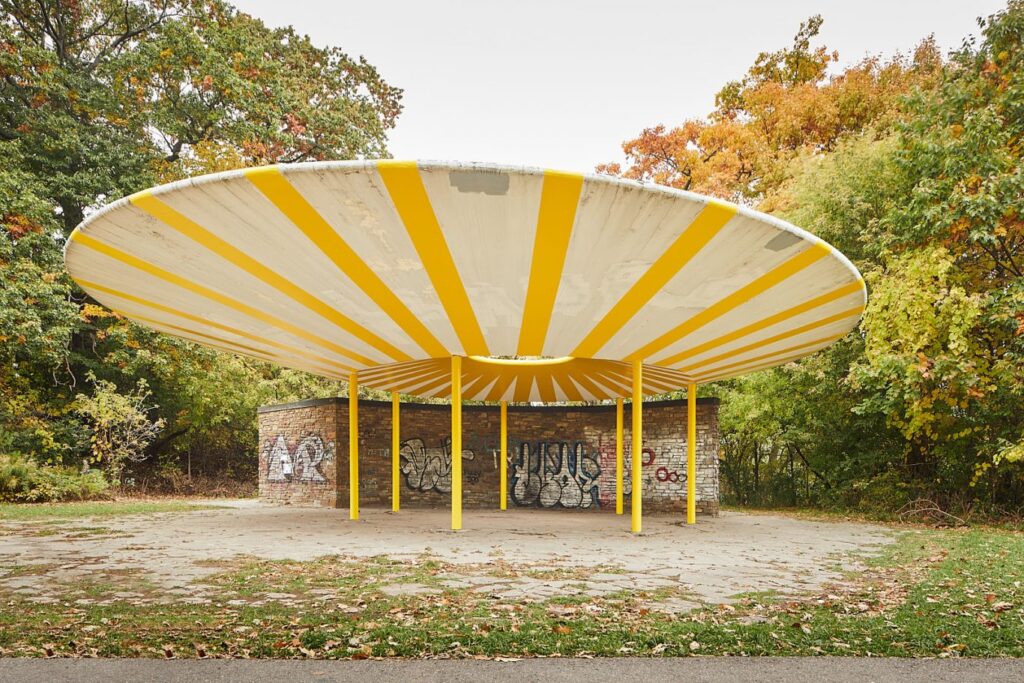
Oculus Pavilion
Alan Crossley
Architecture | 1959 – ongoing
Humber River trail in South Humber Park | Etobicoke
➤ Show on In Search of… Tour map
➤ View public art location on Google map
Watch. Listen. Read.
Follow Alan Colley of Toronto Aboriginal Eco-Tours and herbalist Shabina Lafleur-Gangji as they encounter the Oculus Pavilion and walk along the Humber River. In this video, they discuss the ongoing significance of the Humber River to local ecosystems and share their knowledge about the balance between all living things in our changing world.
In Search of… Conversation
In conversation with
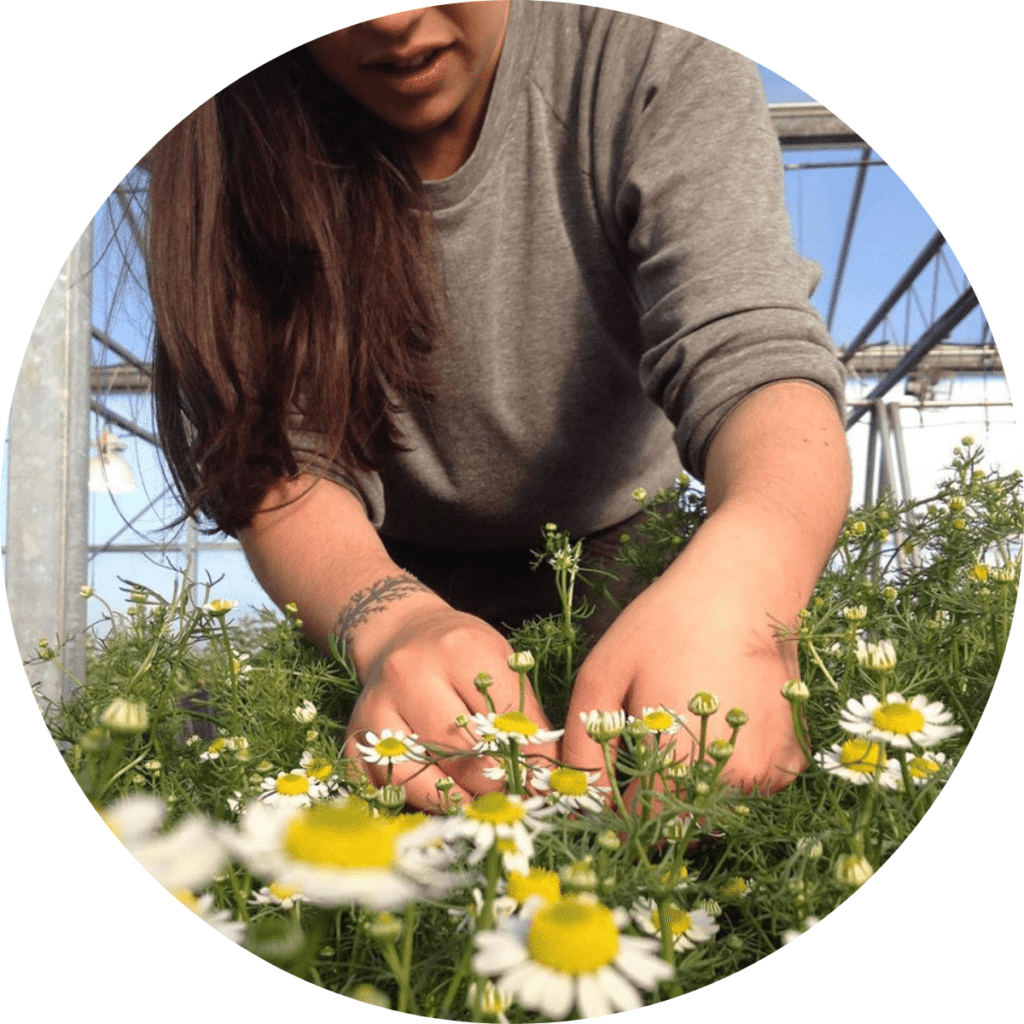
Shabina Lafleur-Gangji, Herbalist
Shabina is a community herbalist and the co-director of Seed, Soil and Spirit School. She has been involved in healing justice work and movements for liberation for over a decade. She works to uplift Indigenous medical sciences and supports people in accessing their traditional knowledge.
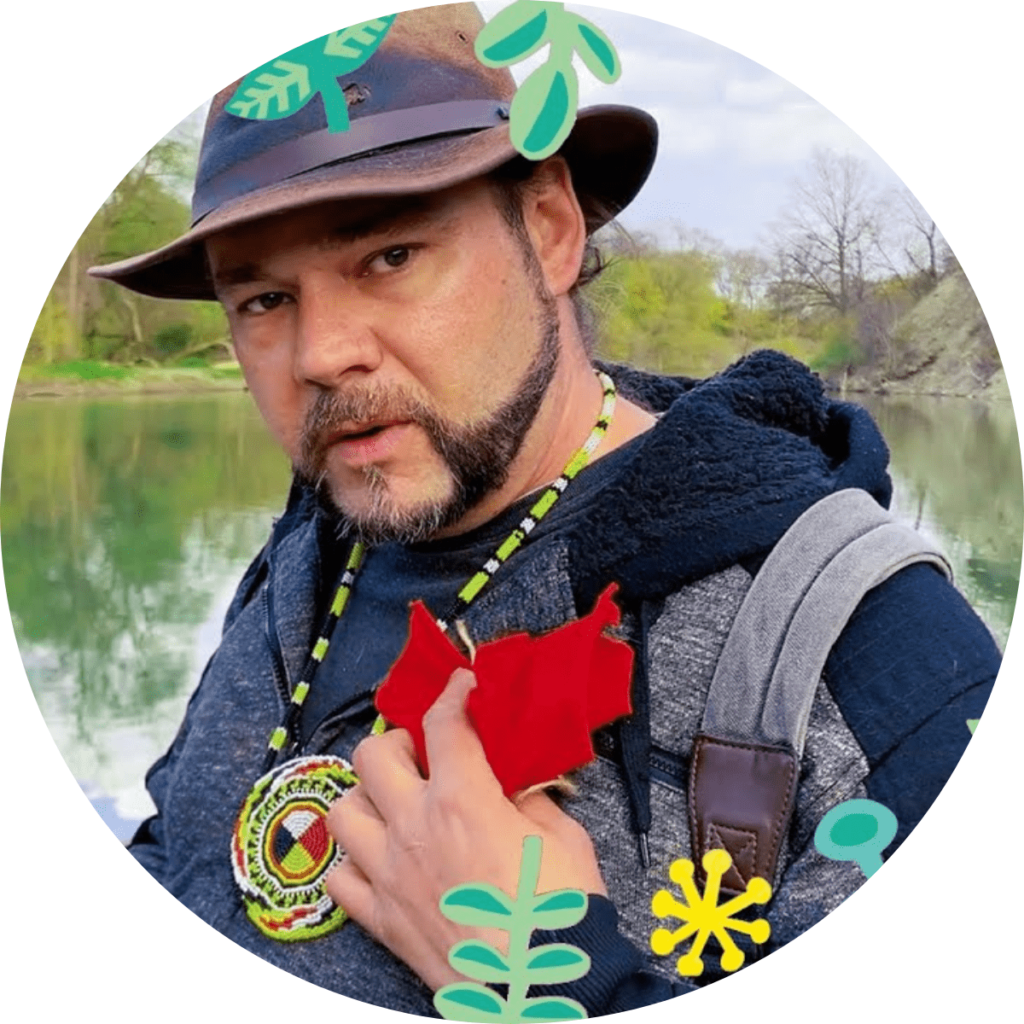
Alan Colley, Toronto Aboriginal Eco-Tours
Alan’s spirit name is Whooping Crane and he is Wolf Clan. Alan is the creator of Toronto Aboriginal Eco Tours, a company which honours the traditional Indigenous way of life and also allows for mainstream concepts of tourism and experiential learning. His goal is to bring together – in a traditional way – elders, adults, youth and children to make a difference while applying the seven Grandfather Teachings, 13 Grandmother Moon Teachings and the Medicine Wheel Teachings.
In Search Of… Prompts
What words would you use to describe the Oculus Pavillion’s shape?
How does the Oculus Pavillion relate to the surrounding environment?
What plants have developed a personal significance for you?
Is there a local plant or a local landmark that you’ve recently learned about?
Where does our collective knowledge of plants come from?
Thank you to our funders and partners
In Search Of… received grant funding as a part of ArtworxTO: Toronto’s Year of Public Art 2021–2022, a year-long celebration of Toronto’s exceptional public art collection and the creative community behind it. Working closely with artists and Toronto’s arts institutions, ArtworxTO will deliver major public art projects and commissions, citywide, from fall 2021 to fall 2022. Supporting local artists and new artworks that reflect Toronto’s diversity, ArtworxTO is creating more opportunities for citizens to engage with art in their everyday lives. This September, the City of Toronto invites the public to discover creativity and community–everywhere. Visit artworxTO.ca for full details.
In Search Of… is a Signature Project of Cultural Hotspot produced in partnership with the City of Toronto.
